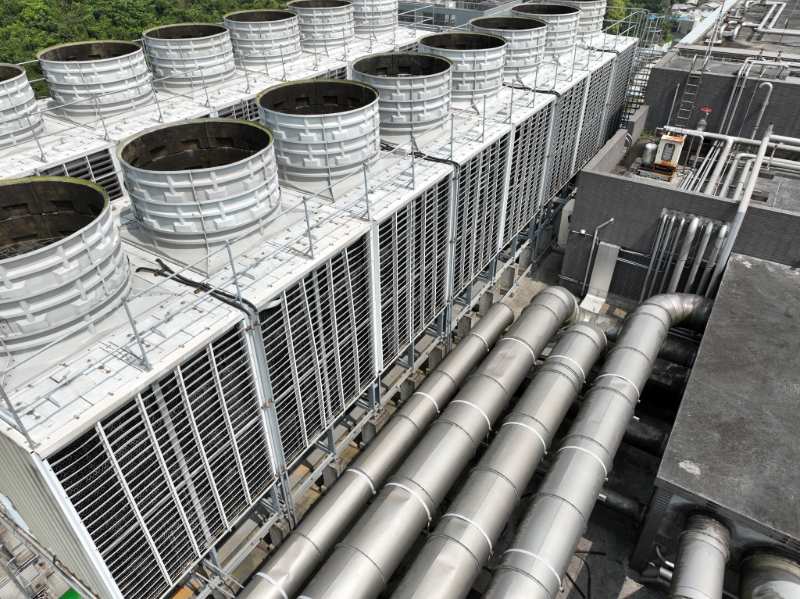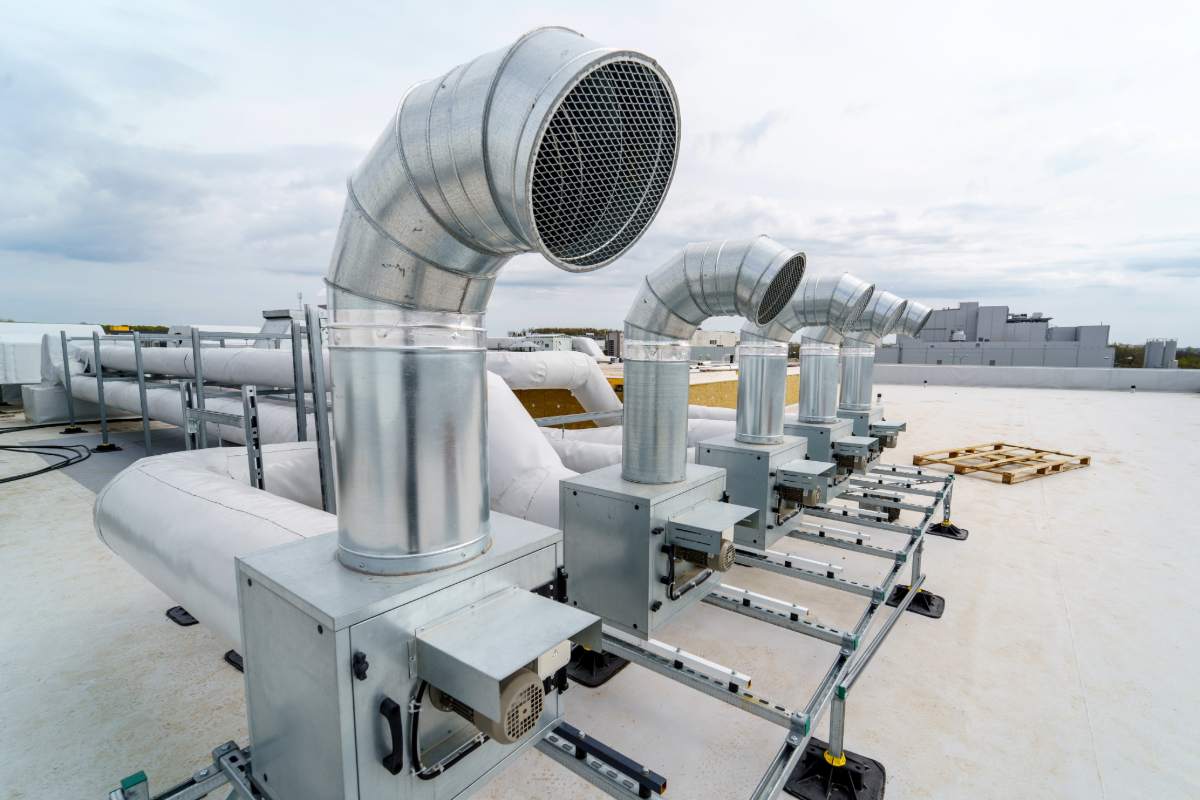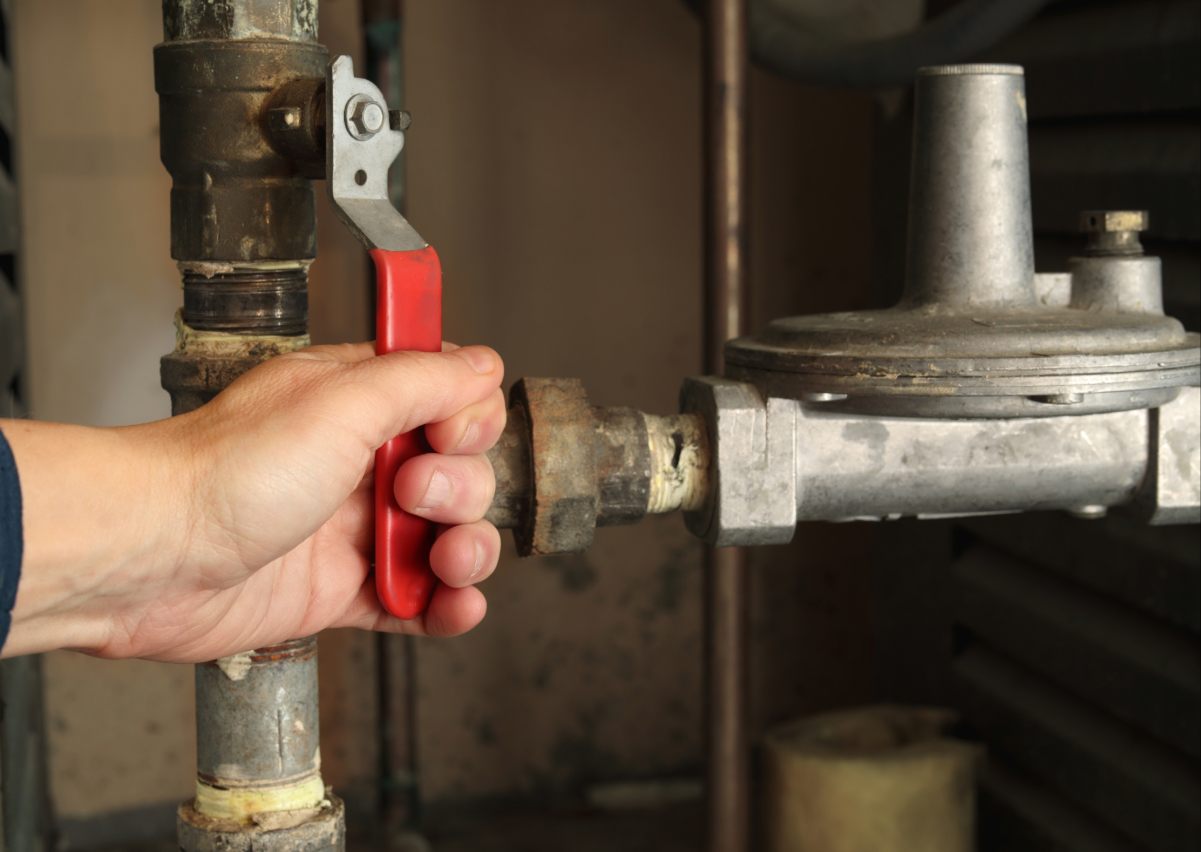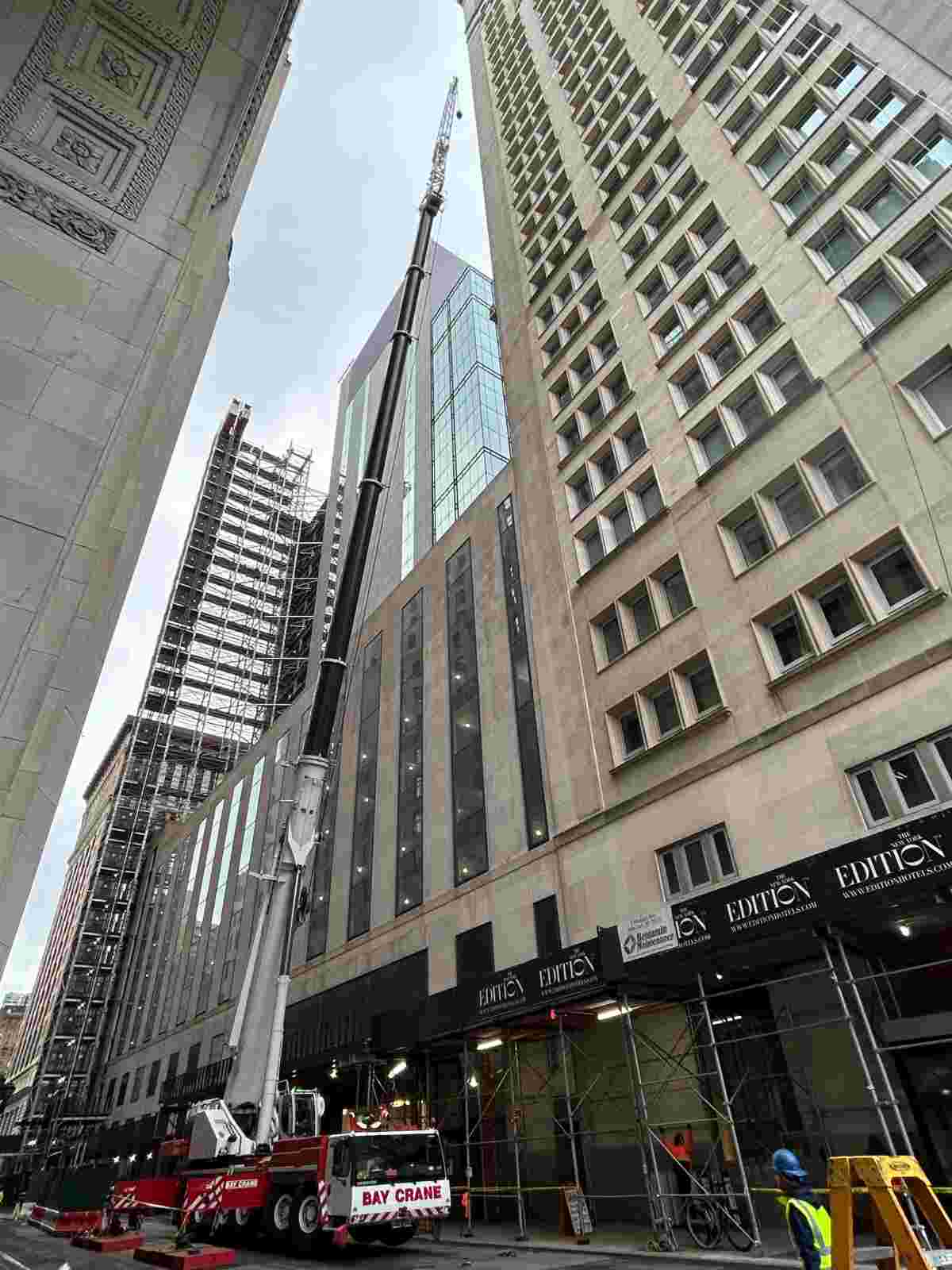SUMMARY: Poor commercial HVAC design can lead to high energy bills, system inefficiencies, and costly retrofits over time. This blog outlines common design mistakes, such as improper sizing, poor airflow, and lack of zoning, which negatively impact comfort and long-term performance. It also explains how working with experienced professionals like Air Ideal can help businesses avoid these issues through customized engineering, regulatory compliance, and expert installation.
—
When it comes to commercial HVAC systems, what you don’t see can hurt your bottom line. While many businesses focus on price and basic functionality, a poorly designed HVAC system can result in far-reaching consequences, from spiraling energy bills to shortened equipment lifespan, uncomfortable building conditions, and even expensive emergency retrofits.
Poor commercial HVAC design isn’t always obvious at first. Systems may appear to function adequately, but inefficiencies quietly accumulate. Over time, these hidden issues can cost your business thousands in wasted energy, frequent repairs, and productivity loss. Fortunately, many of these problems are avoidable, with the right expertise from the start.
In this post, we’ll explore the most common design pitfalls, the real costs of overlooking HVAC engineering, and how you can avoid these traps by partnering with experienced professionals.
Why HVAC Design Matters

HVAC systems are among the most energy-intensive components of any commercial building. According to the U.S. Department of Energy, HVAC can account for 35% of a building’s total energy use. That means even minor inefficiencies in system design can lead to significant operating costs.
A well-designed commercial HVAC system should:
- Deliver consistent, comfortable temperatures throughout the building
- Maximize energy efficiency based on the building’s usage patterns and layout
- Be scalable and serviceable for long-term performance
- Comply with local codes and environmental standards
- Support the client’s budget and long-term business goals
When these elements are not properly addressed, poor design becomes an ongoing liability.
The Real-World Costs of Poor Commercial HVAC Design
Here are some of the most damaging issues we’ve seen in poorly designed systems:
1. Over- or Undersized Equipment
One of the most common and costly mistakes is incorrect sizing. An oversized system will short-cycle (turn on and off too frequently), which causes wear and tear and wastes energy. An undersized system struggles to meet demand, resulting in uneven temperatures and occupant discomfort.
Both scenarios shorten equipment lifespan and require more frequent repairs, costing you in both service calls and productivity.
2. Inefficient Air Distribution
Ductwork that’s too long, poorly insulated, or improperly routed can dramatically reduce efficiency. Uneven airflow can lead to hot and cold spots, which causes the system to overwork in trying to compensate, all of which drives up energy use and maintenance costs.
3. Lack of Zoning or Automation
Modern buildings need more than a one-size-fits-all approach. Conference rooms, lobbies, server rooms, and open office areas each have different cooling and heating needs. Poor commercial HVAC design that lacks zoning or automation leads to unnecessary energy consumption and temperature imbalances.
4. Neglecting Ventilation and IAQ
Poor ventilation can lead to stale air, high CO2 levels, and even mold growth, all of which affect occupant health and comfort. If proper air exchange rates and filtration aren’t considered in the design phase, retrofitting becomes costly and complex.
5. Non-Compliant or Outdated Systems
If your system doesn’t meet NYC building codes or Local Law 97 energy efficiency targets, you may be subject to penalties and will likely face mandatory upgrades down the line.
COIL CLEANING: SIGNS YOU NEED TO CALL A PROFESSIONAL
How to Avoid Poor Commercial HVAC Design
The key to avoiding these issues is working with a contractor that not only installs systems, but also brings engineering, design, and code knowledge to the table. At Air Ideal, we’ve been solving HVAC design challenges since 1927 and we’ve seen firsthand how early-stage planning can prevent decades of problems.
Here’s how we approach smart HVAC design:
1. Customized Engineering Based on Your Facility
Every building is different, and your HVAC system should reflect that. Our experienced team analyzes square footage, occupancy levels, insulation, usage patterns, and existing infrastructure before proposing a system. Whether you need Variable Refrigerant Flow (VRF), geothermal, or traditional forced air, we ensure the solution is tailored to your unique space.
2. Owner Involvement at Every Stage
We take pride in being hands-on. Our leadership team stays closely involved from initial assessment through design, installation, and maintenance. That means greater accountability, better communication, and fewer surprises.
3. Use of Factory-Certified Technicians
Our certified technicians bring deep knowledge of leading HVAC brands and technologies. This expertise ensures that even the most complex systems — including energy-efficient or green technologies — are installed and maintained correctly from the start.
4. Compliance-Driven Design
We understand New York City’s regulatory landscape. From energy benchmarking laws to environmental mandates, our team ensures your HVAC design is fully compliant and future-ready.
HOW PREVENTATIVE HVAC MAINTENANCE SAVES MILLIONS IN COMMERCIAL DOWNTIME
Future-Proof Your Commercial HVAC System with Air Ideal
Your commercial HVAC system isn’t just a piece of equipment, it’s a strategic asset. Poor commercial HVAC design creates hidden costs that slowly drain your budget and disrupt operations. But with the right planning, you can maximize comfort, efficiency, and long-term ROI.
Our commitment to excellence, award-winning service, and deep expertise in HVAC design and engineering make us the trusted partner for businesses across the NY Metro and Long Island. Whether you’re planning a new commercial space or looking to upgrade an outdated system, we’re here to help you do it right the first time.
Contact us today to schedule a consultation and discover how a well-designed system can save your business thousands.



